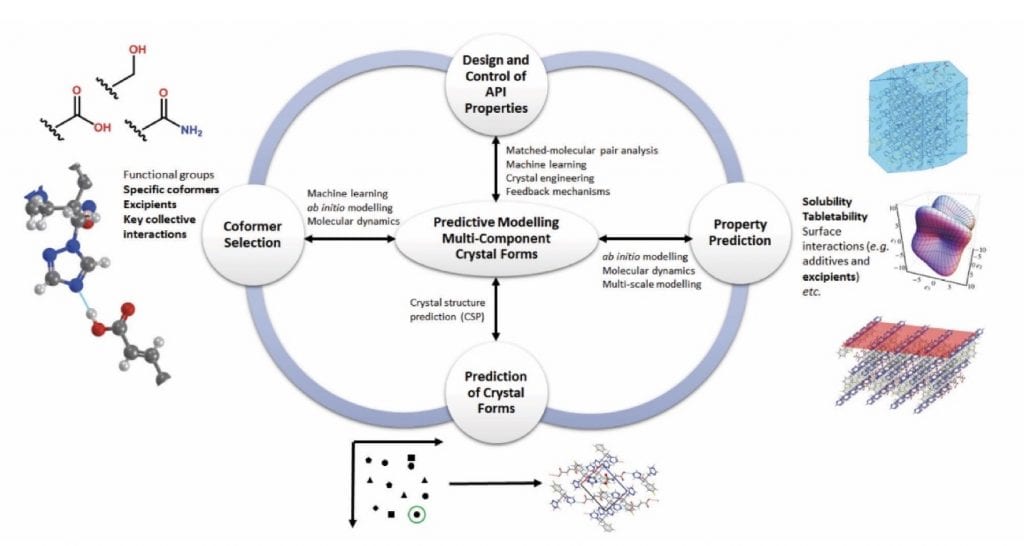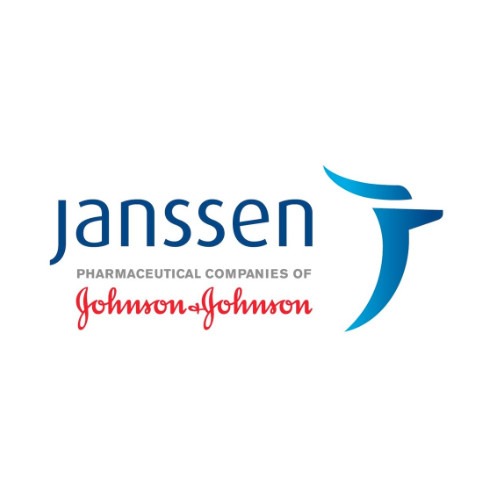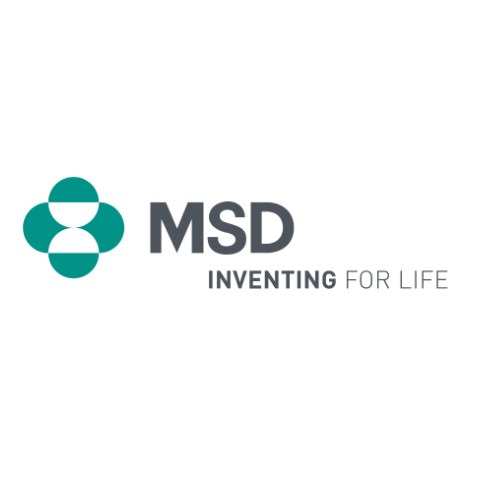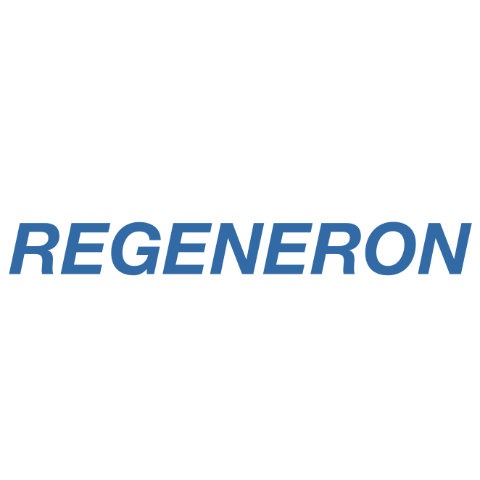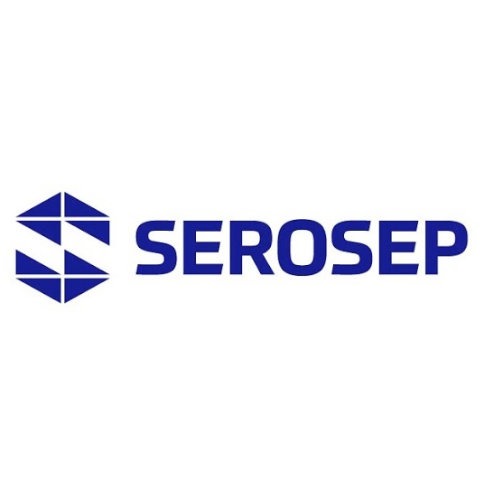
Dr Davide Tiana, University College Cork, Associate Prof. Sarah Guerin, Prof. Michael Vynnycky, Dr Doireann O’Kiely and Associate Prof. Kevin Moroney, MACSI, Dr Orest Shardt and Prof. Christophe Silien, University of Limerick
Theme Leaders:
University of Limerick
Prof. Damien Thompson
University of Limerick
Prof. Norma Bargary
University of Limerick
Overall Objective
Demonstrating expansion of the State of the Art:
- Framework to understand and predict multi-component solid forms from first principles
- Deciphering nanoscale design rules of macromolecular self-assembly
- Mathematical modelling of physicochemical processes
- Multi-Scale Simulations of Flow and Crystallisation in Industrial Crystallisers
Computational Fluid Dynamics techniques provide a better understanding of the dynamics of both the local phenomena and processes (by means of completely resolving them, in DNSs) and the overall flow and mixing behaviour of process equipment (by using advanced models).
Key Scientific Expertise
- Atomic-scale modelling
- Computer-aided design of experiments
- Molecule-molecule
- Molecule-solvent and molecule-surface interactions
- Complex APIs
- Molecular formulations
- Modelling in the fields of fluid mechanics, turbulence, multi-phase flow and transport phenomena
- Computational fluid dynamics simulations
- Lattice Boltzmann simulations
Industrial Significance
Modelling provides the central unifying all SSPC pillars of research. By rationally designing from the molecular to materials to macro scale we will dramatically reduce the number of experiments that must be performed to discover and design new molecules, crystals, co-crystals and nanoparticle-enabled deliveries, and to engineer and optimise formulation and processing conditions to deliver new pharma and biopharma solutions.
- Employ first-principles modelling to quantify solid-state interactions driving stability of crystals & improve rapid informatics-based approaches to predict likely multi-component solid forms & their properties.
- The platform will push beyond current state of the art by developing new transformative physical models that are sufficiently fast, accurate, and intuitive for broad uptake in drug product manufacture
Example project: framework for understanding and predicting multi-component solid forms from first principles.
Modelling Research Byte
Check out this 3-minute video from Dr Sarah Guerin, University of Limerick: Predictive Design of Pharmaceutical Cocrystals.
Dr Sarah Guerin
University of Limerick
Sarah is the Principal Investigator of the newly established Actuate Lab in the Dept. of Physics and Bernal Institute in the University of Limerick. She currently works on both in-silico and ex-silico engineering of biomolecular crystals, primarily for application areas in eco-friendly sensing and pharmaceuticals. Listen to this presentation on Predictive Design of Pharmaceutical Cocrystals, using nanoscale insight to understand and engineer macroscale insight to understand and engineer macroscale properties and industrial scale processes.




